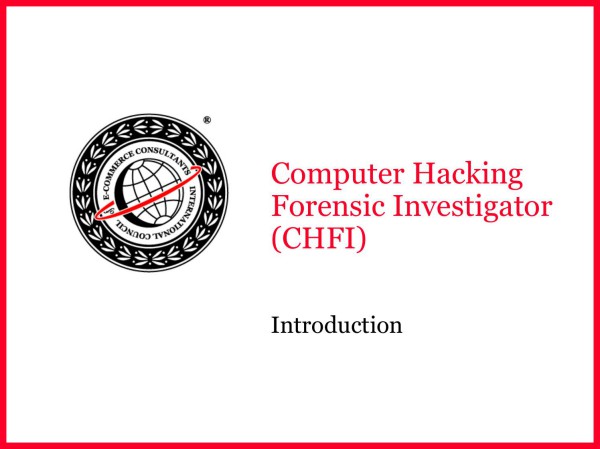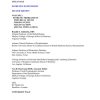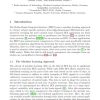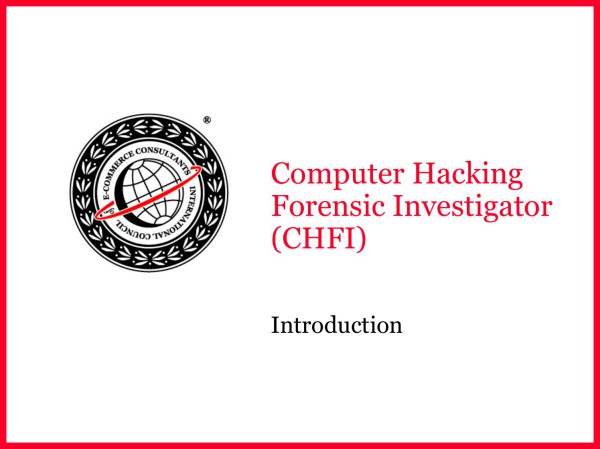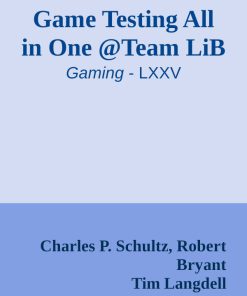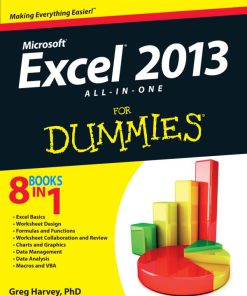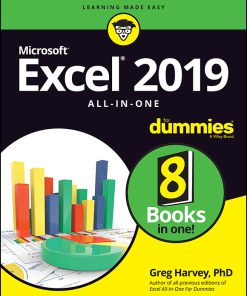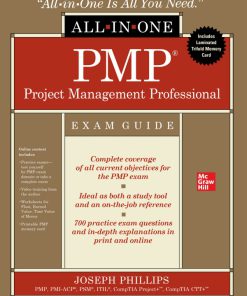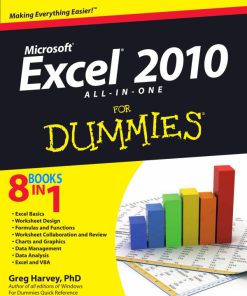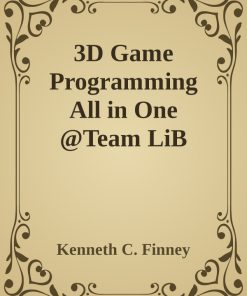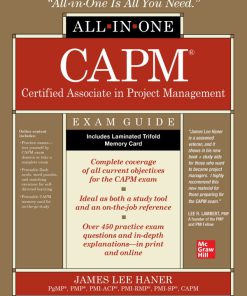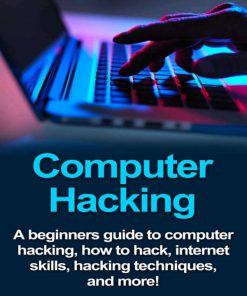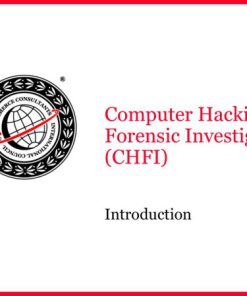CHFI Computer Hacking Forensic Investigator Certification All in One Exam Guide 1st Edition by Charles Brooks ISBN 0071831568 9780071831567
Original price was: $50.00.$25.00Current price is: $25.00.
Authors:Charles L. Brooks , Series:IT & Computer [420] , Tags:Computers; Certification Guides; General; Security; Networking; Online Safety & Privacy; Viruses & Malware; Internet , Author sort:Brooks, Charles L. , Ids:Google; 9780071831567 , Languages:Languages:eng , Published:Published:Oct 2014 , Publisher:McGraw-Hill Education , Comments:Comments:An all-new exam guide for version 8 of the Computer Hacking Forensic Investigator (CHFI) exam from EC-Council Get complete coverage of all the material included on version 8 of the EC-Council’s Computer Hacking Forensic Investigator exam from this comprehensive resource. Written by an expert information security professional and educator, this authoritative guide addresses the tools and techniques required to successfully conduct a computer forensic investigation. You’ll find learning objectives at the beginning of each chapter, exam tips, practice exam questions, and in-depth explanations. Designed to help you pass this challenging exam, this definitive volume also serves as an essential on-the-job reference. CHFI Computer Hacking Forensic Investigator Certification All-in-One Exam Guide covers all exam topics, including: Computer forensics investigation process Setting up a computer forensics lab First responder procedures Search and seizure laws Collecting and transporting digital evidence Understanding hard disks and file systems Recovering deleted files and partitions Windows forensics Forensics investigations using the AccessData Forensic Toolkit (FTK) and Guidance Software’s EnCase Forensic Network, wireless, and mobile forensics Investigating web attacks Preparing investigative reports Becoming an expert witness Electronic content includes: 300 practice exam questions Test engine that provides full-length practice exams and customized quizzes by chapter or by exam domain PDF copy of the book

